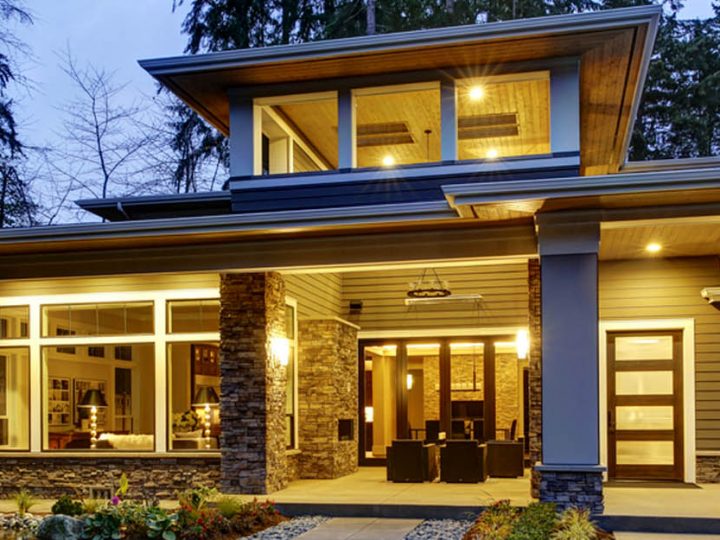Installations of ground and air source heat pumps have risen dramatically over the last few years and this is set to continue, says Chris Dale, director, Danfoss Heat Pumps.
Many refurbishments are being carried out for the primary purpose of installing renewable energy systems. Specifiers and contractors are working closely with heat pump manufacturers and installers to look at the opportunities to meet the increased requirements.
It is unthinkable now that a heating system would be specified without due consideration to energy efficiency and sustainability. With this in mind, installations of ground and air source heat pumps have risen dramatically over the last few years and this is set to continue, with possible funding available through the Renewable Heat Incentive.
There are considerations to make when installing heat pumps and this often includes upgrading the building’s insulation to ensure optimum efficiency of the system. A good heat distribution network is also essential – and this is why underfloor heating systems are so widely specified with heat pumps, particularly for new builds. With refurbishments it is possible to use elements of an existing radiator system to minimise costs and disruption.
Ground source heat pumps are most often specified for large public sector or commercial projects because, as a rule, they offer higher system efficiency.
They source their energy through either horizontal ground loops laid in trenches which are around 1-1.5m underground, or if space is restricted, through vertical bore holes sunk to around 120m deep. They remain efficient throughout the heating season as the ground maintains a fairly constant temperature all year round. Heat pumps can also be used to provide both space heating and hot water.
In large projects, heat pumps can be cascaded to meet more extensive requirements, which also means there is no over-reliance on any single system. With a master – slave arrangement, heat pumps can be sized to meet the requirements of the project ranging from 6-210kW and above.
A recent large organisation that switched to renewable systems for some of its schools is Lancashire County Council, the UK’s fourth largest Local Education Authority (LEA). By doing this, schools are able to qualify for annual payments for 20 years under the Renewable Heat Incentive (RHI), making them an even more attractive choice.
Under the mandatory CRC scheme, LEAs will buy permits for emissions from all of their community, voluntary aided, voluntary controlled and foundation schools, as well as academies in their area. Because more than half of Lancashire County Council’s energy usage was accounted for by schools, the authority had already placed a high priority on cutting carbon emissions from educational buildings, as part of its pledge to reduce its CO2 emissions by 30% by 2016.
Among the schools to benefit from our ground source heat pumps was St Bede’s Catholic High School in Lytham St Annes, where a Danfoss DHP-R 42kW ground source heat pump was installed in the autumn of 2009.
The installation was part of a complete refurbishment of a timber-framed teaching block, with little insulation, which had been rapidly constructed to accommodate additional students in the early 1970s. Rather than incur the cost and environmental impact of demolishing and rebuilding, the school decided to overclad the block to allow for external insulation to be added and replace the windows to improve its thermal performance.
The ground source heat pump was installed to provide space heating, replacing electric storage heaters and is achieving an estimated saving of 17.5 tonnes of CO2 per year.
Funding for the project came from a combination of grants from the Lancashire Carbon Reduction Team, the Low Carbon Buildings Programme and the Community Sustainable Energy Programme.
St Bede’s Catholic High School also installed solar panels to supply part of the electricity to run the heat pump. This helps to offset some of the running costs of the heat pump and, in some cases, can lead to energy consumption being carbon neutral.
The ground source heat pump at the school involved sinking the ground loops into ten 95-metre boreholes on an area of land close to the building.
The issue of tackling climate change has become central to the ethos of St Bede’s School, which has introduced a wide range of environmentally-friendly and energy-efficient policies. Among these is the way it encourages staff and pupils to learn about the benefits of technologies such as the Danfoss ground source heat pump, by installing a glass viewing panel in the plant room to enable the pump to be seen in operation. The heat pump feeds through to a new radiator system installed in the block, which provides effective space heating. After two years of operation, the school reported that they have been impressed with the performance of the heat pump, even during the most severe weather conditions and says that a back-up gas-fired boiler, which was installed at the same time, has proved to be unnecessary. The heat pump is serviced annually by heat pump installation company EcoLogicLiving.
The school is a great example of how heat pumps can contribute to reduced carbon emissions. Many other schools are likely to follow its lead and the financial benefits of doing so have been enhanced by the government’s announcement earlier this year that payments under the RHI are available to them.
Similarly, other large organisations are increasingly aware of the cost implications of not reviewing and updating their energy efficiency requirements and it is renewable systems like heat pumps which can make a significant contribution to meeting carbon reduction commitments commitments.




